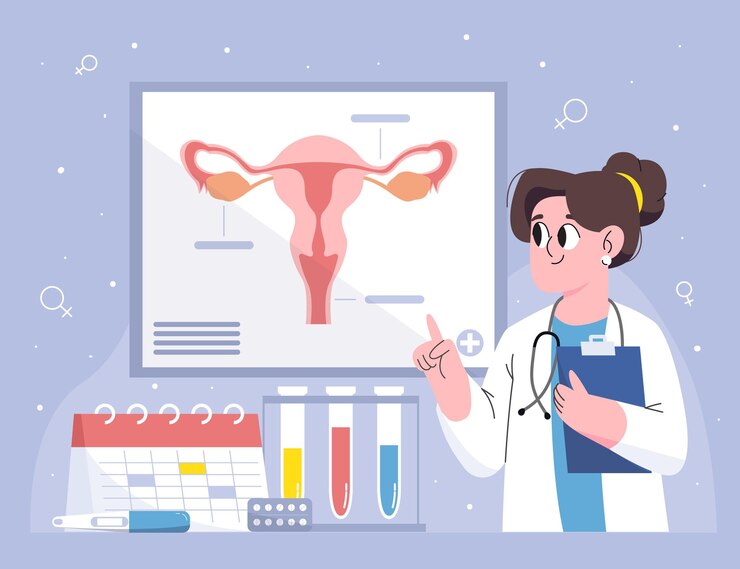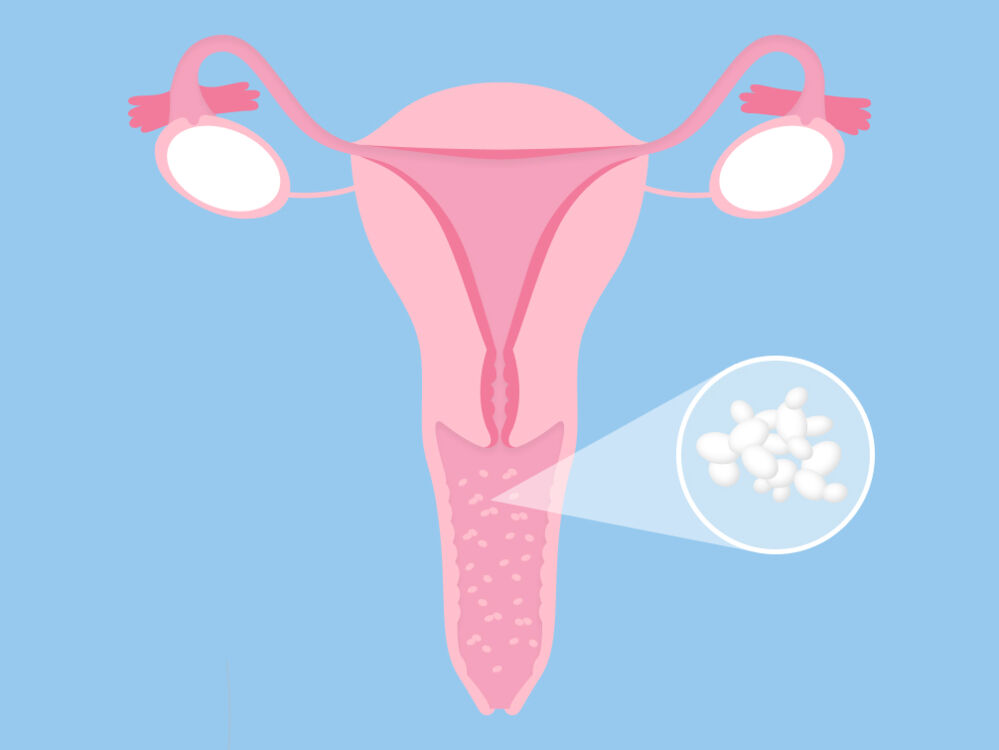The diagnostic methods for fibroids, also known as uterine fibroids or leiomyomas, include:
1- Pelvic Exam:
- A pelvic examination allows a healthcare provider to feel for any abnormalities in the uterus, including the presence of fibroids.
2- Imaging Tests:
- Ultrasound: Trans vaginal or abdominal ultrasound provides detailed images of the uterus, helping identify the size, number, and location of fibroids.
- MRI (Magnetic Resonance Imaging): MRI can offer more detailed images of the uterus and fibroids, assisting in treatment planning.
3- Hysteroscopy:
- A hysteroscopy involves the insertion of a thin, lighted tube (hysteroscope) through the cervix to examine the inside of the uterus, allowing direct visualization of fibroids within the uterine cavity.
4- Sonohysterography:
- This procedure involves the injection of sterile saline into the uterus before a trans vaginal ultrasound, enhancing the imaging of the uterine cavity and fibroids.
5- Blood Tests:
- Blood tests may be conducted to assess the levels of certain hormones, such as estrogen and progesterone, which can be associated with fibroid growth.
6- Biopsy:
- In rare cases, a biopsy may be performed to rule out other conditions that can cause similar symptoms. However, fibroids are typically diagnosed based on imaging and clinical evaluation rather than biopsy.
These diagnostic methods help healthcare providers determine the presence, size, and location of fibroids, guiding appropriate treatment options based on the individual’s symptoms and reproductive goals.
For expert gynecological care, consult Dr. Deepika Doshi, your trusted Gynecologist in Dahisar. Schedule your appointment for personalized women’s health solutions.



